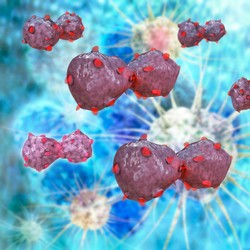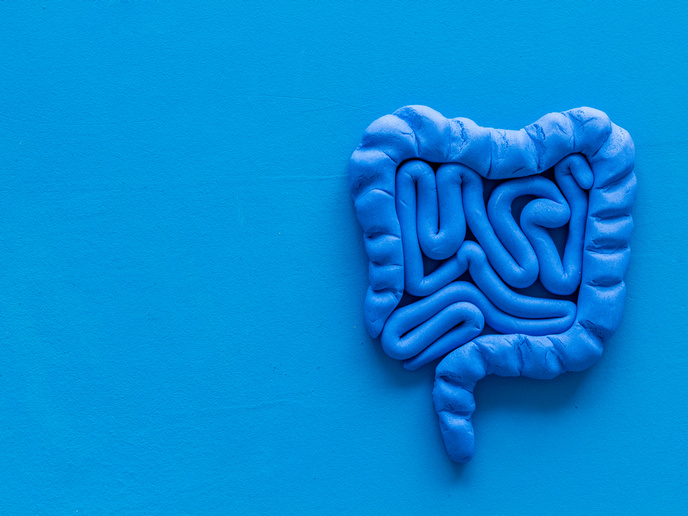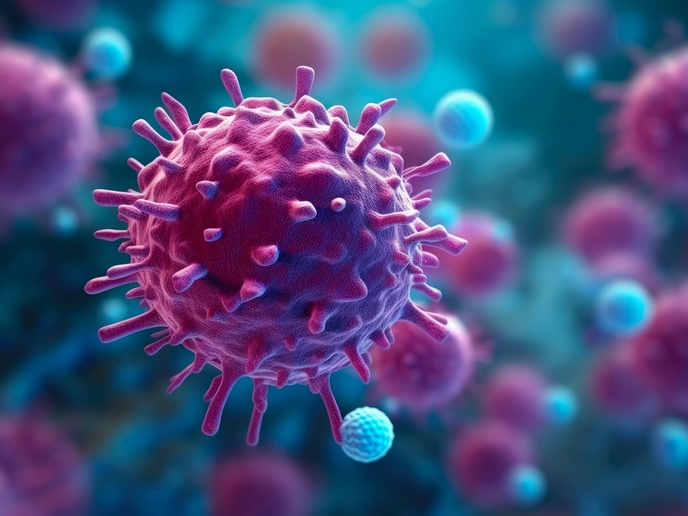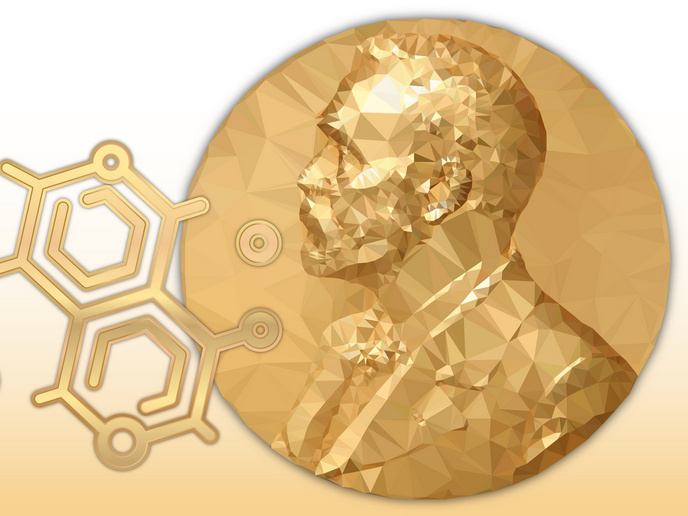Cancer cells escape immune attack
Cancer employs several mechanisms for remaining unrecognised by the immune system. These include the suppression of the HLA molecules required for the interaction between immune cells and normal cells, as well as the generation of a non-permissive microenvironment for immune cell function. The EU-funded KP TRANSPORT (Identifying and characterising transmembrane transporters of tryptophan and kynurenine in normal and cancerous brain tissue) project further investigated the mechanisms by which tumour cells escape immune recognition. Part of the work focused on the capacity of tumour cells to metabolise the essential amino acid tryptophan into kynurenine, thereby depriving nearby immune cells of the tryptophan required for their normal function. At the same time, kynurenine makes cancer cells more aggressive and prone to metastasis, while kynurenine release in the microenvironment suppresses immune cell function. Scientists generated molecular reporter constructs that enabled them to measure tryptophan levels in live cells through bacterial tryptophan binding proteins. Additionally, they quantified tryptophan levels by estimating the transcription of genes under the control of kynurenine-sensitive transcription factors. The field of cancer immunotherapy not only seeks to remove immunosuppressive breaks – such as the use of monoclonal antibody therapies to prevent immune cell exhaustion – but also to stimulate the immune system. Since typtophan metabolising brain tumours generally possess few mutations, researchers had to devise patient-specific methods of priming the immune system to respond. Overall, the activities of the KP TRANSPORT study shed light into some of the cunning mechanisms employed by tumour cells to trick the immune system. A combinatorial approach that targets both the tumour and its surrounding microenvironment, coupled with an immune system awakening, might prove to be the intervention of choice.
Keywords
Cancer, immune response, KP TRANSPORT, tryptophan, kynurenine







